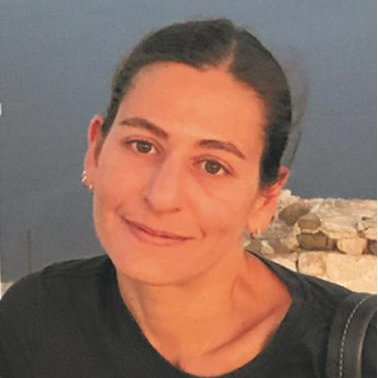Terpenoids from Marine Organisms II
A special issue of Marine Drugs (ISSN 1660-3397).
Deadline for manuscript submissions: closed (31 December 2020) | Viewed by 13233
Special Issue Editors
Interests: biomedical applications; electrospinning; nanofibers; hybrid materials; marine biopolymers
Special Issues, Collections and Topics in MDPI journals
Interests: isolation; structure elucidation; marine natural products; marine biopolymers; marine-derived microorganisms
Special Issues, Collections and Topics in MDPI journals
Special Issue Information
Dear Colleagues,
Marine natural products have attracted the attention of biologists and chemists all over the world for the last six decades. The marine environment provides different biosynthetic conditions to organisms that live in it, influencing the “art” by which marine organisms elaborate their fascinating bioactive metabolites, including molecules that have been approved as drugs, as well as an array of compounds that are currently into clinical trials.
Terpenes, one of the most diverse classes of natural products produced by a variety of organisms, are vital for most organisms, exerting metabolic control and mediating intra- and interspecies interactions. Marine organisms produce a wide array of fascinating terpenoid structures, characterized by unique structural features. The biological and ecochemical functions of terpenes include chemical communication, pollination, chemical protection, growth regulation, among others, but even though numerous studies have been reported on this subject, the full spectrum of their ecological roles has not yet been fully clarified.
The Special Issue will include studies focusing on the challenges and future directions involved in the advancement of these promising natural compounds, encompassing isolation–structure elucidation of new molecules, metabolomic studies, evaluation of bioactivities, elucidation of mechanisms of action, recent developments in their biosynthesis, total synthesis, semisynthesis, and biotransformation, as well as pharmaceutical applications.
Prof. Vassilios Roussis
Ass. Prof. Efstathia Ioannou
Guest Editors
Manuscript Submission Information
Manuscripts should be submitted online at www.mdpi.com by registering and logging in to this website. Once you are registered, click here to go to the submission form. Manuscripts can be submitted until the deadline. All submissions that pass pre-check are peer-reviewed. Accepted papers will be published continuously in the journal (as soon as accepted) and will be listed together on the special issue website. Research articles, review articles as well as short communications are invited. For planned papers, a title and short abstract (about 100 words) can be sent to the Editorial Office for announcement on this website.
Submitted manuscripts should not have been published previously, nor be under consideration for publication elsewhere (except conference proceedings papers). All manuscripts are thoroughly refereed through a single-blind peer-review process. A guide for authors and other relevant information for submission of manuscripts is available on the Instructions for Authors page. Marine Drugs is an international peer-reviewed open access monthly journal published by MDPI.
Please visit the Instructions for Authors page before submitting a manuscript. The Article Processing Charge (APC) for publication in this open access journal is 2900 CHF (Swiss Francs). Submitted papers should be well formatted and use good English. Authors may use MDPI's English editing service prior to publication or during author revisions.
Keywords
- Terpenes
- Bioactivity
- Metabolites
- Synthesis
- Biotransformations
- Pharmaceutical applications
Related Special Issue
- Terpenoids from Marine Organisms in Marine Drugs (9 articles)







